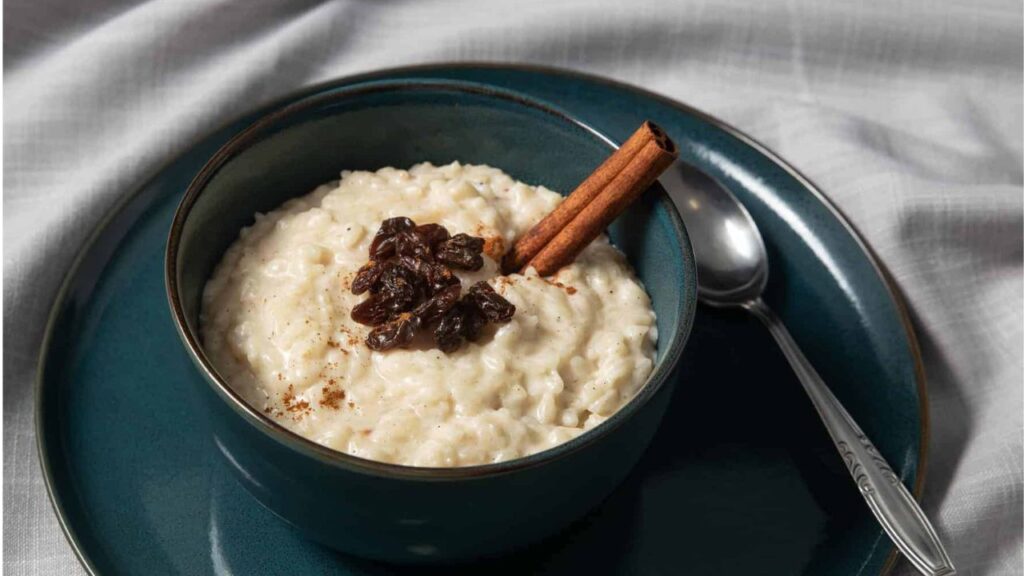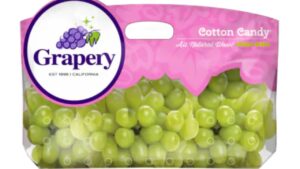Rice pudding is a delightful and versatile dish that has been enjoyed for centuries across various cultures. Whether you’re looking for a comforting dessert or a satisfying breakfast option, rice pudding can be a delicious and nourishing choice. we will explore the potential benefits of rice pudding for your stomach, its suitability as a breakfast option, and provide a delectable rice pudding recipe. Additionally, we’ll delve into the nutritional aspects, including calories, Weight Watchers points, and macros.
Rice Pudding For Weight Loss
Incorporating occasional desserts like rice pudding in moderation is compatible with maintaining a balanced diet while pursuing weight loss. Enjoying these treats sparingly allows for a diverse and satisfying approach to eating, ensuring that you can indulge in your favorite sweets without compromising your overall weight loss goals. Remember, moderation is key to finding harmony between enjoying treats and achieving a healthy lifestyle.
Rice Pudding Nutrition
While rice pudding does contribute to carbohydrate intake, its role as a significant protein source is limited. The primary components of rice pudding are carbohydrates from rice and sugars, with minimal protein content. To meet your protein needs, it’s advisable to complement rice pudding with other protein-rich foods in your diet.
| Nutrient | Amount |
|---|---|
| Calories | 99 |
| Total Fat | 2g |
| Saturated Fat | 1.1g |
| Trans Fat | 0.1g |
| Polyunsaturated Fat | 0.1g |
| Monounsaturated Fat | 0.5g |
| Cholesterol | 11mg |
| Sodium | 89mg |
Rice Pudding Calories
The calorie content of rice pudding can vary depending on the ingredients used. On average, a serving of traditional rice pudding can have around 200-300 calories. Adjustments to the recipe, such as using low-fat milk or sweeteners, can help reduce calorie.
Is Rice Pudding Good for Your Stomach?
Rice pudding is known for its gentle and easily digestible nature, making it a suitable option for individuals with sensitive stomachs. The combination of rice and milk provides a soothing texture that is easy on the digestive system, making it a comfort food for many.
Is Rice Pudding Good for Breakfast?
Rice pudding can be a delightful and fulfilling breakfast option. The carbohydrates from the rice offer a sustainable source of energy, while the milk provides essential nutrients like calcium and protein. Incorporating rice pudding into your breakfast routine can add variety and a touch of sweetness to kickstart your day.
Weight Watchers Rice Pudding
For those following the Weight Watchers program, rice pudding can be incorporated into your plan. Be mindful of portion sizes and opt for healthier ingredient choices to fit within your daily points.
Rice Pudding Macros
The macronutrient profile of rice pudding typically includes carbohydrates from rice, protein from milk, and a small amount of fat. It can be a balanced treat when enjoyed in moderation.
Low-Calorie Rice Pudding
If you’re watching your calorie intake, consider making a low-calorie version of rice pudding by using alternative sweeteners, reducing sugar, and choosing lower-fat milk options. This way, you can indulge in the creamy goodness without the guilt.
Rice Pudding Without Sugar
For those looking to minimize their sugar intake, a sugar-free rice pudding can be made using natural sweeteners like stevia or monk fruit. The natural sweetness of the rice and milk can also contribute to a flavorful dish without the need for added sugars.
Conclusion
Rice pudding can be a stomach-friendly, satisfying breakfast or dessert option. Whether you’re focusing on calories, Weight Watchers points, or macros, there are ways to customize this classic dish to meet your dietary preferences. Try out the provided recipe and savor the creamy goodness of homemade rice pudding while nourishing your body with essential nutrients.







